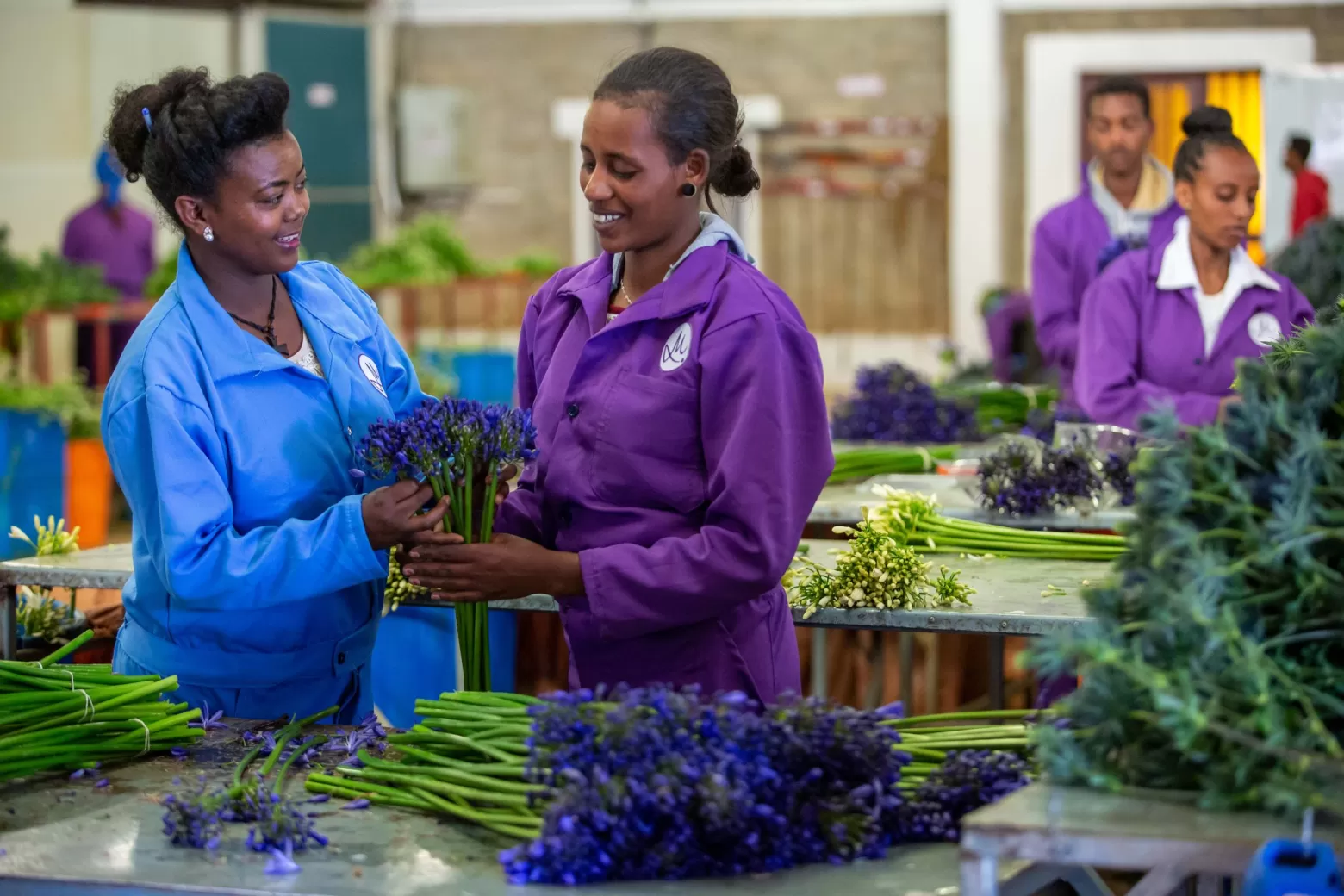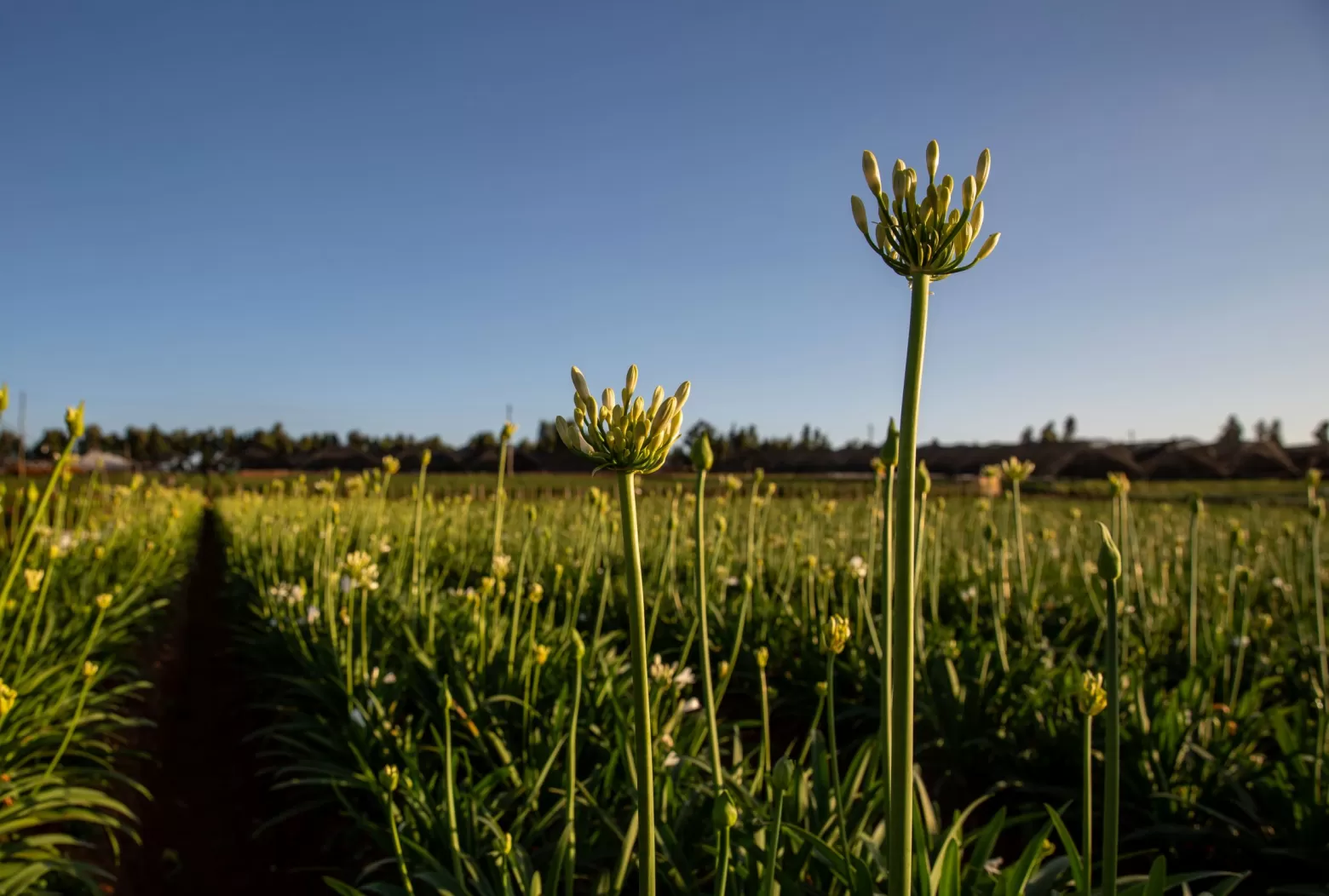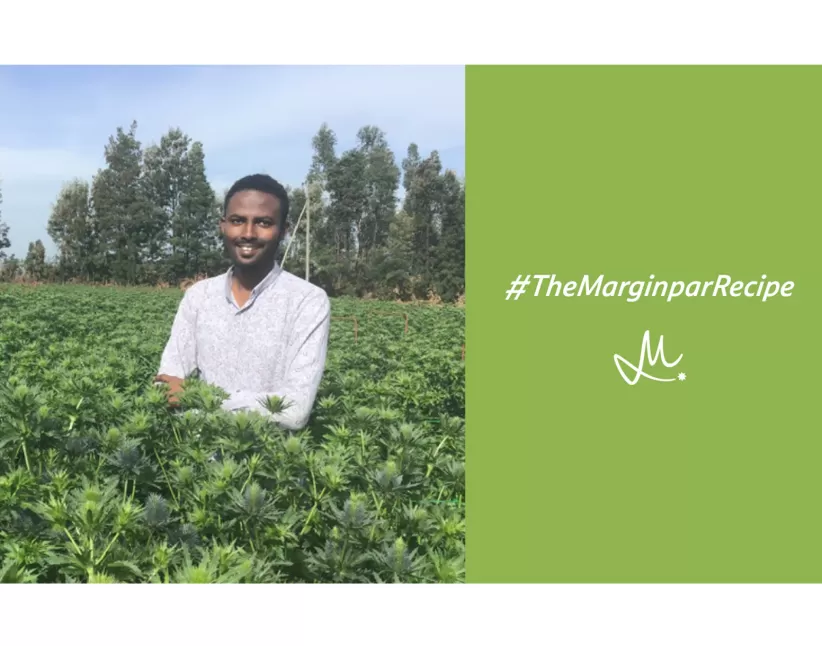
Marleen Ruhof – How data helps us serve the market
The importance of forecasting
Our Market Demand Controller, Marleen Ruhof (40), lives in Ethiopia but works for all four of our production countries (Kenya, Ethiopia, Tanzania, and Zimbabwe). She has been working at Marginpar since 2010, but in 2021 this role was created to support our transition from push to pull. A market-driven strategy requires careful production planning; forecasting - and therefore data - is very important to be able to serve the market well.
Market Demand
It all starts with the 'Market Demand'. In this plan, we match our supply to the demand from the market. The Market Demand is created by the Sales department. They look at the demand and match it with a suitable supply from the farms. That supply must be well thought-out but also constant, so that buyers can count on us.

The implementation
Where does the production planning begin? When the Market Demand is supplied by Sales, the farms enter into consultation and plan how and where they will produce the required flowers. These decisions are made based on climate, availability of land and water and on productivity, among other things. Once the plan has been finalized, it is also important that the plan is carried out correctly. And that's where Marleen comes in: she monitors the implementation of the plan. She keeps track of what all the farms actually produce and what the market can take.

The most important thing
It's actually all about forecasting; predicting the harvest. What numbers will come? What grades do the farms have available? Can we sell them? Will we go far above market demand, will we stay below it? If we produce too much or too little, why is that? Can we make improvements? How do we make those improvements? These are all questions that Marleen is working on every day. And that involves a lot of data. At the moment she still manages most of that data using Excel, but it won't be long before the long-awaited DXP starts giving her a helping hand.

DXP
To help us plan, a special IT programme is in the making. A special tool, built specifically for Marginpar: DXP. This digital platform will soon contain all information on every step in the process, from harvest to sales and finance. And even though DXP is not yet live from "end to end", it is already being used a lot. Every week, all the farms fill in their forecasts for the coming 6 to 10 weeks. Marleen: "For the week ahead, this is a daily forecast, so the team in the Netherlands already knows what's coming. For now, it is still a one-way street. The farms do not yet receive any data back from DXP. They do need this insight, as it will help them improve their forecasts and it will connect our worlds in Africa and the Netherlands.”

Predict with 100% certainty?
Marleen: "What we want to achieve is to be 80% sure of what is coming two weeks in advance. 100% is not possible: flowers are a product of nature. We also have to deal with sudden hailstorms, rain or fluctuations in temperature, for example. But with the help of smart technological developments, in combination with DXP, 80% is a very realistic goal. I think it's fantastic that as a company we are looking at technology in this way."



